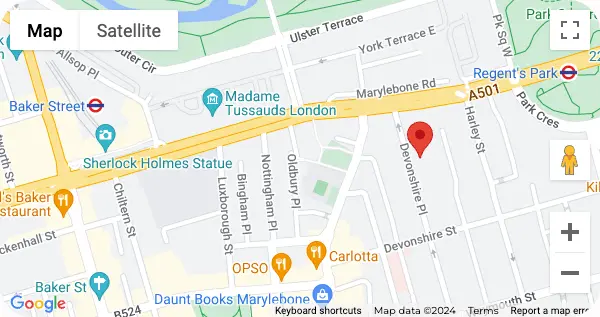PuffyNipples
What Are Puffy Nipples?
Puffy nipples occur when extra fat or glandular tissue accumulates behind the nipple, causing it to protrude or appear swollen. This is often the case in men, particularly during puberty or significant weight gain or loss. This condition can also be brought on by hormonal imbalances, genetics, and higher body fat percentages. While puffy nipples are completely harmless, they can have an impact on self-confidence. Solutions can range from better diet and exercise, to dropping body fat, or occasionally, exploring medical means to lessen the puffiness.
The Most Common Causes of Puffy Nipples:
There are three types of normal tissue present in human breasts – glandular or breast tissue, fatty tissue, and connective tissue. Puffy nipples are usually caused by the presence of a higher than normal amount of glandular tissue, which might be alleviated if you reduce body fat .
- Hormonal Imbalance: Excess estrogen or low testosterone can cause the glandular tissue behind the nipple to swell, resulting in puffiness.
- Excess Body Fat: Fat build-up in the chest area can causes a push-up of the nipple which causes them to look puffy. This is often seen in men with higher percentages of body fat.
- Lack of Exercise: Chest fat can appear more prominent without regular exercise, especially strength training, which can make puffy nipples more visible.
- Bad Diet: Too much processed food, sugar, and high estrogens in the diet, such as soy and dairy, can cause fat storage and hormone imbalances that exacerbate the disease, while maintaining a healthy diet can help.
- Puberty & Genetics: People who naturally have more glandular tissue may notice changes in their nipple area related to puberty.
- Water Retention: If you’re dehydrated, or consuming too much salt, the body may retain more fluid giving nipples a puffy look.
Over time, you can work on your diet, exercise, and hormones to help reduce puffiness, but some cases require medical treatment.
What Do Puffy Nipples Look and Feel Like?
Some people with puffy nipples feel self-conscious about taking off their shirt or wearing specific clothes. While the condition is harmless most of the time, it can be uncomfortable, especially if its appearance becomes more pronounced over the course of time. Underlying factors such as hormone imbalance, excess fat, or water retention may cause puffy nipples. Here are some common signs:
- Swollen or Protruding Nipples: The nipple and surrounding area may appear fuller or puffier than usual, even when the chest is relaxed.
- Soft or Spongy: When touched, the area behind the nipple may feel soft or swollen in contrast to a firm feeling.
- Shifts With Temperature or Activity: Nipples might temporarily flatten during cold weather or charterers of exercise but revert to puffy when the body is at rest.
- Puffy Nipple Appearance: Excess fat or glandular tissue around the nipple area can affect the definition of the shape of the chest.
- Skin Sensitivity: Some individual may experience mild tenderness or irritation on the area, particularly if it rubs against a garment.











